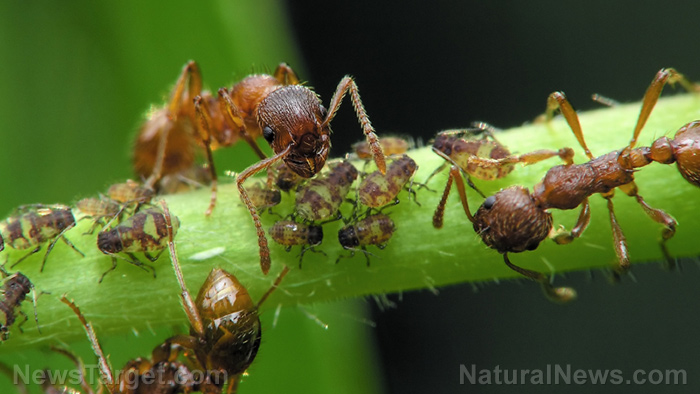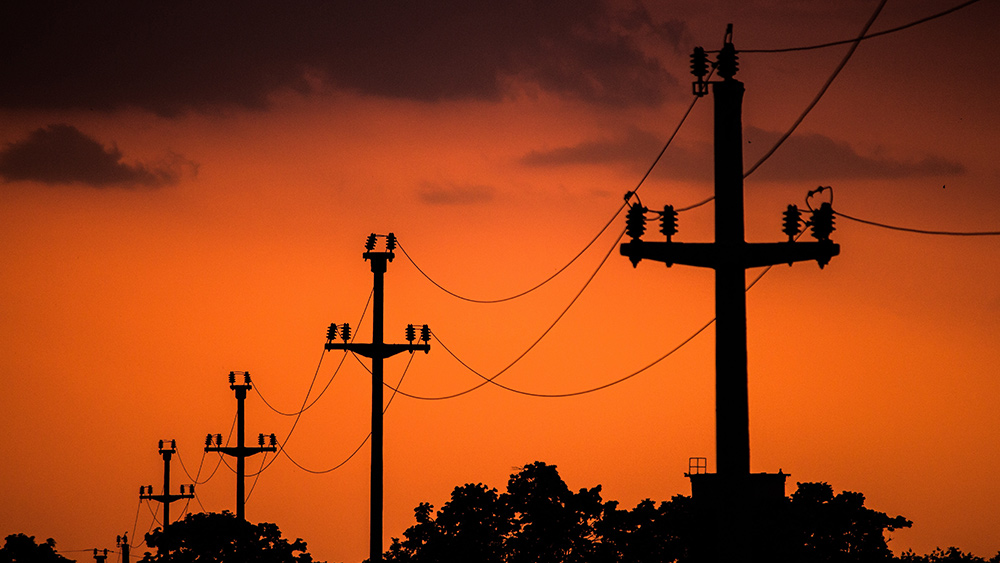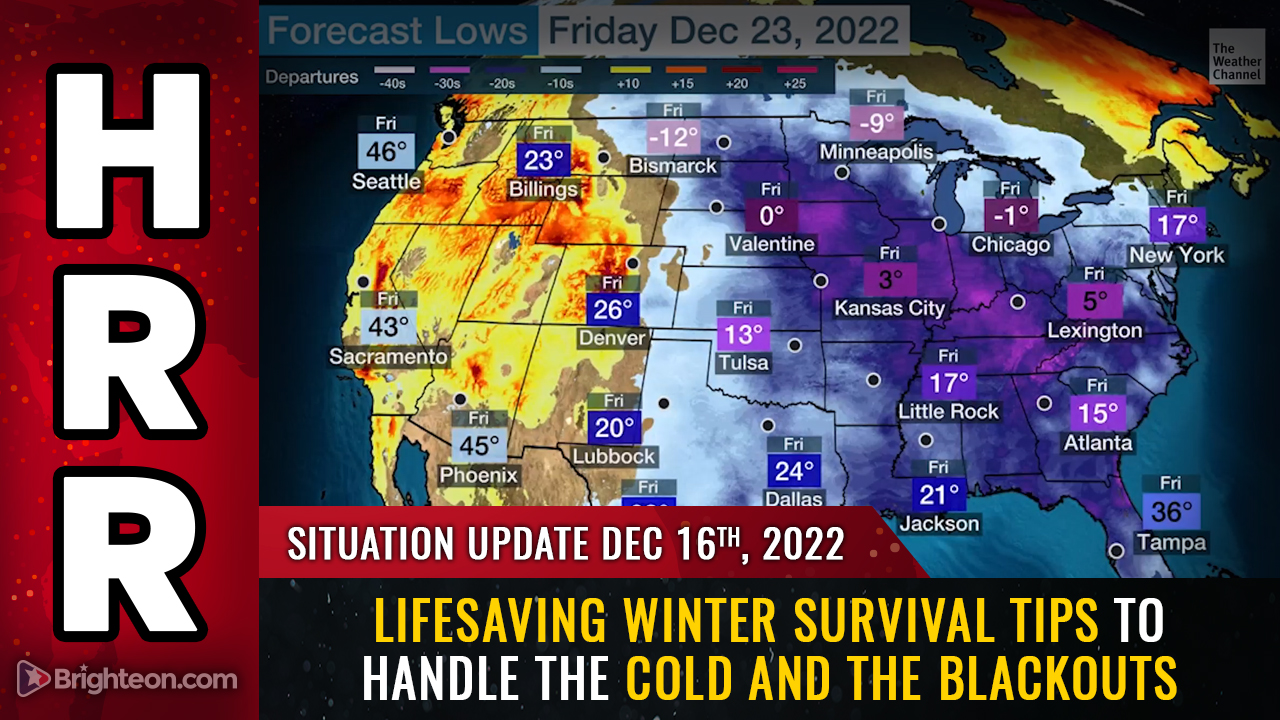Invasion of venomous fire ants in Hawaii alarms residents
11/22/2022 / By Kevin Hughes

An invasion of venomous little fire ants (Wasmannia auropunctata) in Hawaii has alarmed residents.
For the uninitiated, fire ant stings can trigger an allergic reaction. Fire ants are known to be aggressive and carry a poisonous sting that can produce painful bruises, which then turn into blisters. Some people can experience a life-threatening reaction after being stung by fire ants.
Citizens of the Aloha State had been warned to check their homes after fire ants were spotted at Wailua River State Park, located at the eastern side of Kauai Island. Reports of people being stung in their beds by these fire ants only served to fuel fears of Hawaii residents.
According to SFGATE, the infestation is believed to have started at a private residence. The swarm at Wailua River State Park appears to be the largest seen on the island since they were first discovered there in 1999. (Related: Massive ant swarm marching toward Houston.)
While the invasion is currently restricted to Wailua River State Park, experts are worried it could spread down the river to other parts of the state.
“That’s really the concerning part, [the little fire ants] would infest the entire state park,” said Kauai Invasive Species Committee (KISC) member Haylin Chock. “If they are at that point, they can start climbing trees. It’s like a paradise for them. If that happens, how are we supposed to know where they are?”
Heather Forester, extension specialist at the Hawaii Ant Lab (HAL), said the fire ants are “changing the way of life” for the Aloha State’s residents.
“They can rain down on people and sting them. The stings are different for different people. In heavily infested areas, the ants can actually move into people’s homes. We have a lot of reports of them stinging people while they sleep in their beds,” she said.
The HAL also warned the fire ants attack domestic animals such as cats and dogs as they rest in gardens and run around in fur, stinging the soft tissue. Some also attack the animals’ eyes, creating a clouding of the corneas.
State gov’t in Honolulu warns of terrible effects of fire ant infestation
Native to Central and South America, the little fire ants are believed to have arrived more than two decades ago aboard a ship. They flourished in shade, trees and water – and eventually made their home in Hawaii.
Fire ants are small – only one-sixteenth inch long or the size of a sesame seed – and pale orange or light brown in color. The destructive ants can also invade houses, beds, furniture, food and farms, where they are reported to damage crops and sting workers.
According to officials in the Aloha State, the ants are “falling from the sky” as they are bad at gripping and will fall from trees and plants. This, they added, causes the insects to “rain down on people and sting them.”
Even the office of Hawaii Gov. David Ige has warned of the terrible effects the infestation can have on the island.
In a statement, Ige’s office stated that LFAs “can produce painful stings and large red welts and may cause blindness in pets. They can build up very large colonies on the ground, in trees and other vegetation, and inside buildings and homes and completely overrun a property.
Follow Ecology.news for more news like this.
Watch entomologist David Oi explain how to address fire ant stings in the video below.
This video is from the Finding Genius Podcast channel on Brighteon.com.
More related stories:
Inspired by spiders and fire ants, researchers develop a new unsinkable metal.
Ants found to protect plants from disease by leaking “antibiotic” chemicals.
Keep your home ant free with these 5 all-natural ant repellents.
Ants have been domesticating cultivated crops for 50 million years, research reveals.
Giant swarms of locusts ravage over 80% of crops and livestock feed in region of Russia
Sources include:
Submit a correction >>
Tagged Under:
big government, chaos, dangerous, ecology, environment, fire ants, Hawaii, infestation, insect swarm, invasion, Kauai Island, national security, panic, Wailua River State Park
This article may contain statements that reflect the opinion of the author
RECENT NEWS & ARTICLES
COPYRIGHT © 2018 PANIC.NEWS
All content posted on this site is protected under Free Speech. Panic.news is not responsible for content written by contributing authors. The information on this site is provided for educational and entertainment purposes only. It is not intended as a substitute for professional advice of any kind. Panic.news assumes no responsibility for the use or misuse of this material. All trademarks, registered trademarks and service marks mentioned on this site are the property of their respective owners.





















